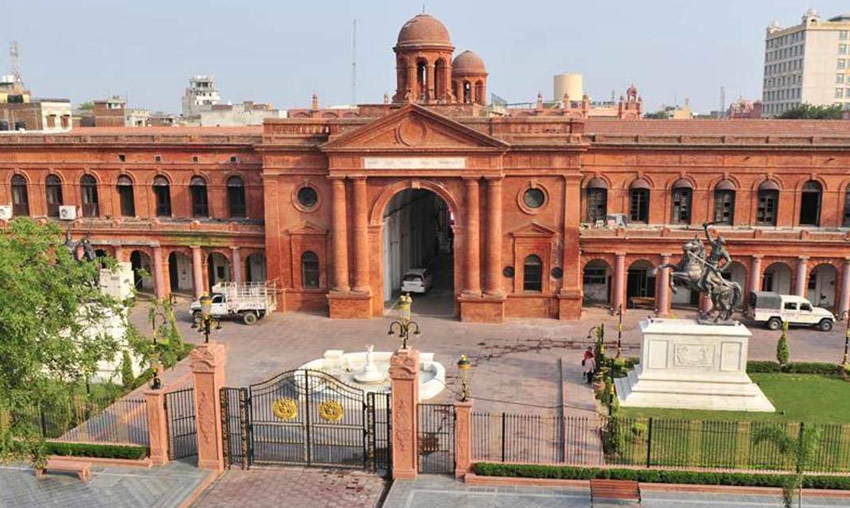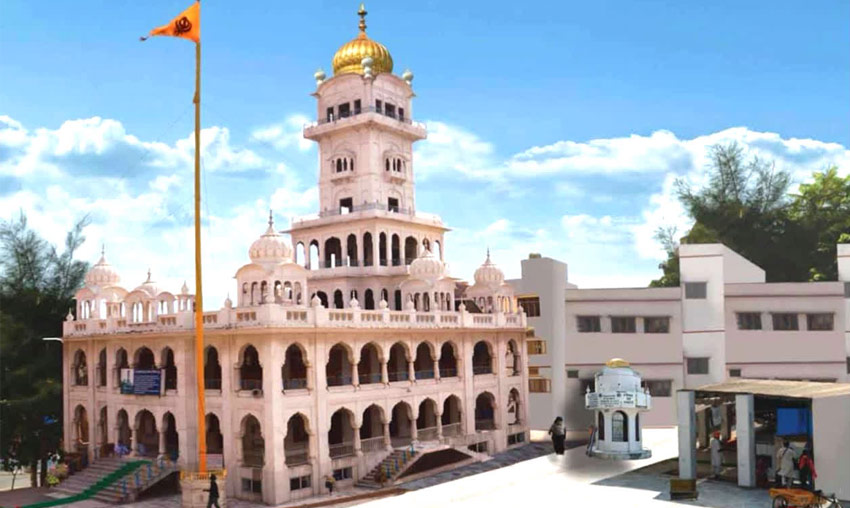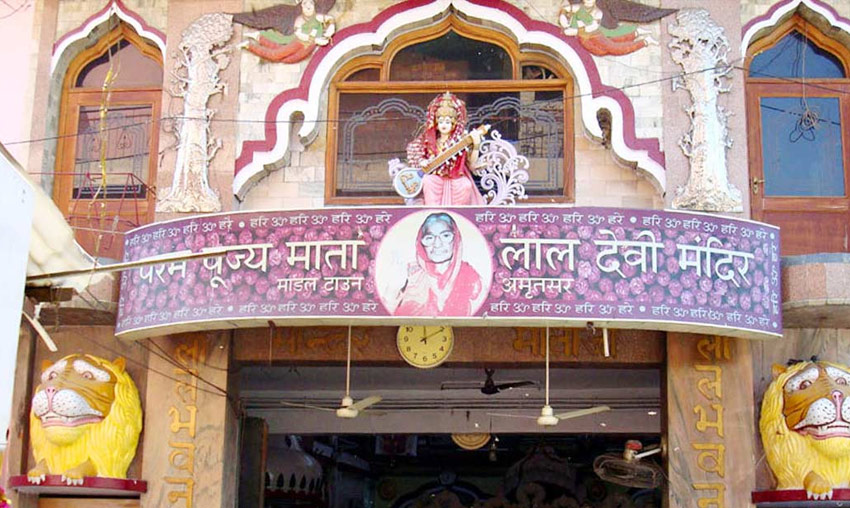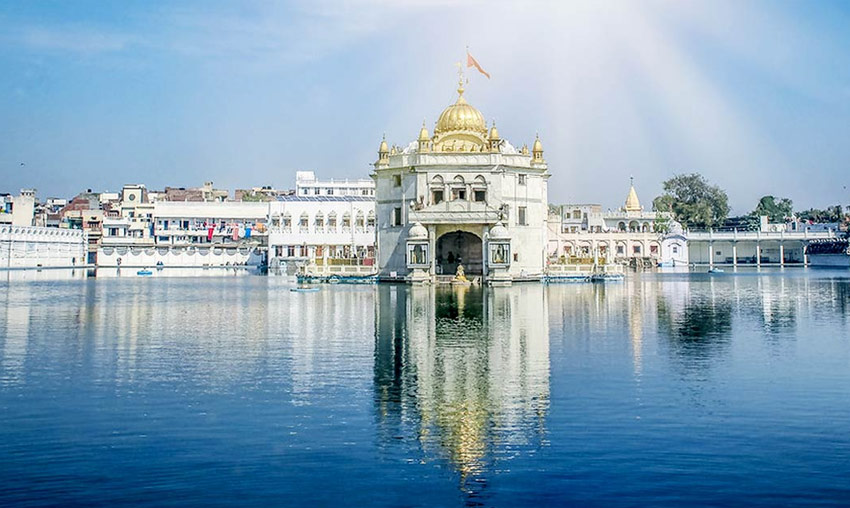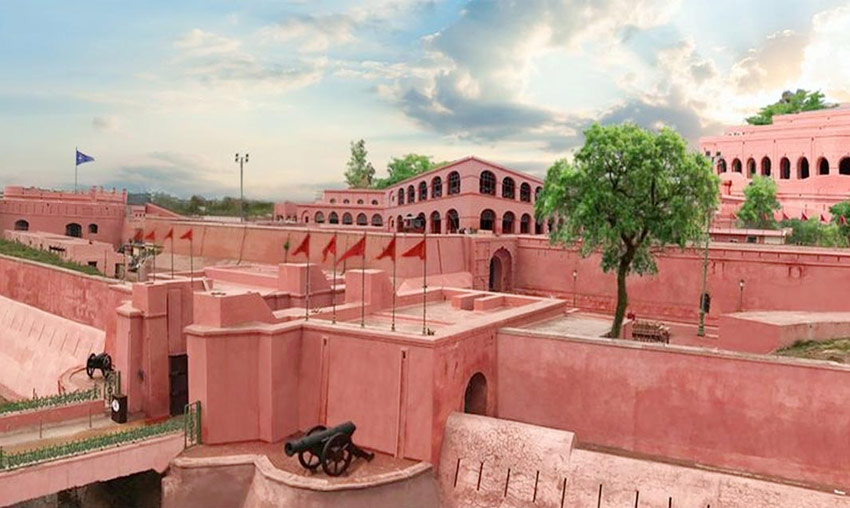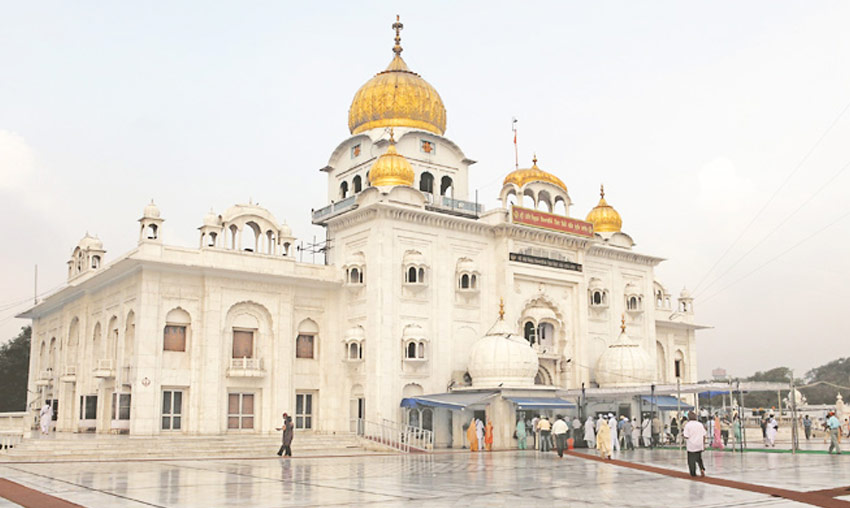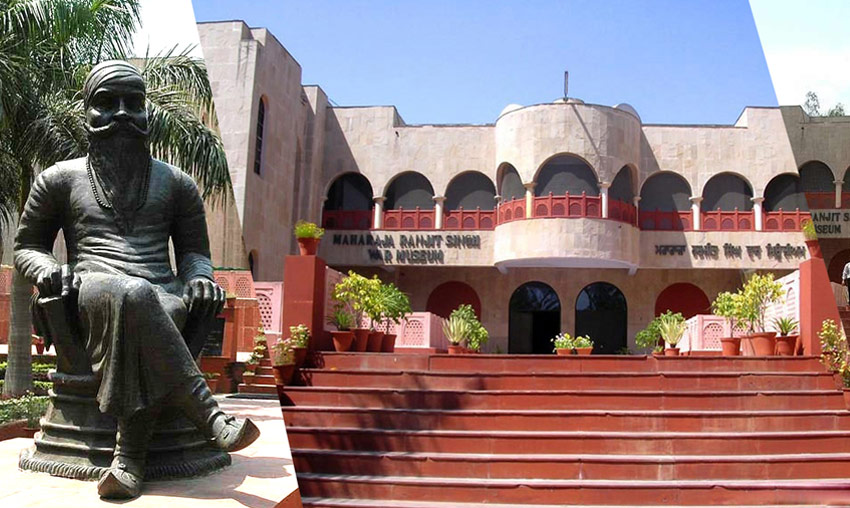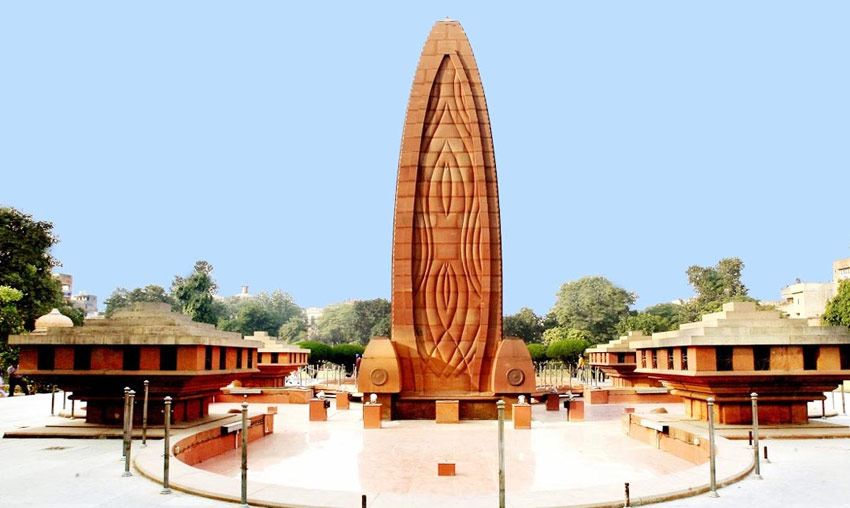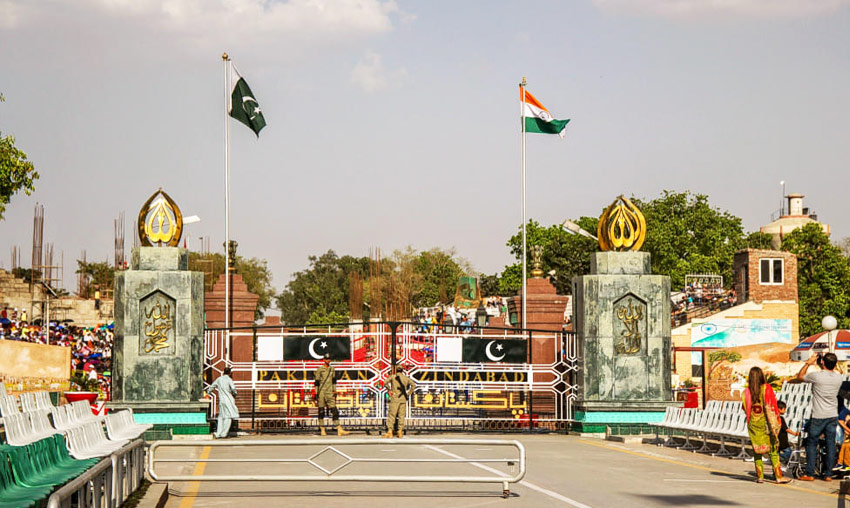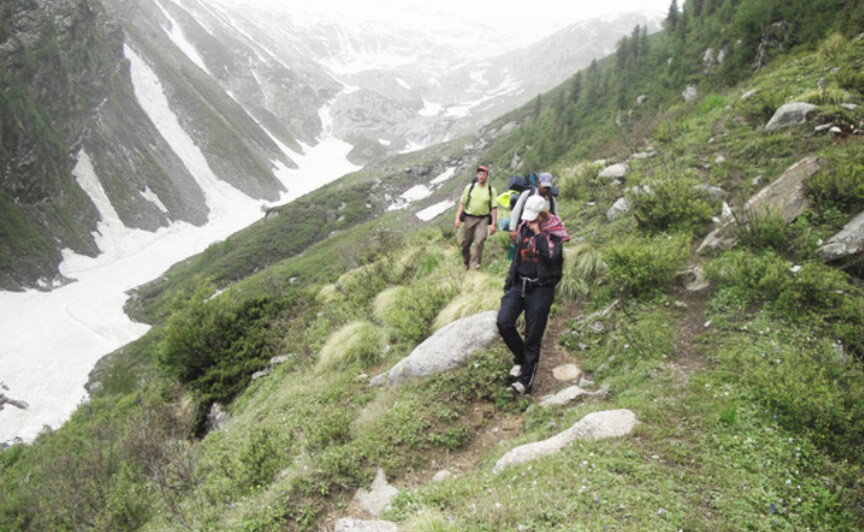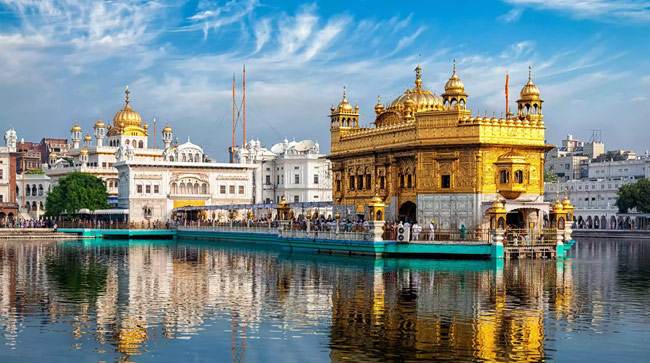Partition Museum Amritsar (Entry Fee, Timings, History, Images, Location & Entry ticket cost price)
Stories, memoirs, artwork, and artifacts that preserve the memory of the period prior to, during, and following the division of British India can be found in the Partition Museum in Amritsar. The museum, which is part of Amritsar’s recently opened Heritage Street, which runs from the Golden Temple to the Town Hall, was created by the Arts and Cultural Heritage Trust (TAACHT) and is situated in the city’s Town Hall.
Newspaper clippings, photographs, and personal belongings contributed by those who witnessed and experienced the Partition are all on display in the Partition Museum. The goal of TAACHT is to make the Partition Museum a top-notch physical museum honoring the memory of the 1947 subcontinental division. The victims, survivors, and their enduring legacy are the museum’s main focus.
History of Partition Museum
On October 24, 2016, Sukhbir Badal, the Honorable Deputy Chief Minister of Punjab, officially opened the Partition Museum. At the time of the inauguration, there was also a curtain-raiser display. On November 1, 2016, Punjab Day, the Honourable Finance Minister Mr. Arun Jaitley and Punjab Chief Minister Parkash Singh Badal then paid a visit to the museum. Ms. Harsimrat Kaur Badal and other Union Ministers were with him.
The Partition Museum was established by TAACHT, a non-governmental, non-profit organization that relies only on donations and the assistance of volunteers and well-wishers. On August 17, 2017, the Partition Museum’s second and last part officially opened.
What to See at the Partition Museum
In addition to items and artifacts that have been there since 1947, the museum also has writings and documents that people have contributed. A traditional rope cot that was carried across the border by a refugee, numerous old black-and-white family photos, fabrics woven by the craftsmen of the time, an antique pocket watch that once belonged to an innocent person killed in mob violence in Pakistan, and many other rare and valuable items were discovered here.
The Gallery of Hope is arguably the most well-known and popular location in the entire museum. On leaf-shaped paper, visitors are invited to write words of peace and love, which are then strung from a barbed-wire tree. The founders of this tree hope to foster love and peace between the two countries while allowing everyone to participate in the “greening of the tree.”
The museum has a few exhibits that are solely devoted to prominent individuals who migrated to the Indian side during the partition, as well as some families that were impacted. These well-known individuals include Om Prakash Munjal, the founder of Hero Cycles, Milkha Singh, and Mahashay Dharampal Gulati, the proprietor of MDH Masala. In order to give visitors an interesting experience, the museum also uses a wide variety of media. These media include official papers, letters written by refugees, soundscapes in each gallery, videos of oral histories, and other art installations.
Why should you visit the Partition Museum?
There is still no monument, destination, or location that primarily commemorates this momentous occasion and acts as a memorial to those who survived this horrific tragedy, even after 70 years have passed since the partition and the creation of India and Pakistan from the erstwhile British India. The fact that this museum is unique and fulfills this function is sufficient justification for going there and seeing everything for yourself.
Entry fee and timing to the Partition Museum, Amritsar
Tickets are available for purchase at the museum counter. Foreign visitors must pay INR 250 per ticket, while Indian citizens must pay INR 10. There is no admission fee for children under five.
#Note: Those who survived the partition are admitted free of charge to the museum.
Visitors can visit the Amritsar Partition Museum between 10 a.m. and 6 p.m. On other days of the week, it is open except on Mondays and national holidays.
#Note: To fully experience the Museum, allow at least an hour.
